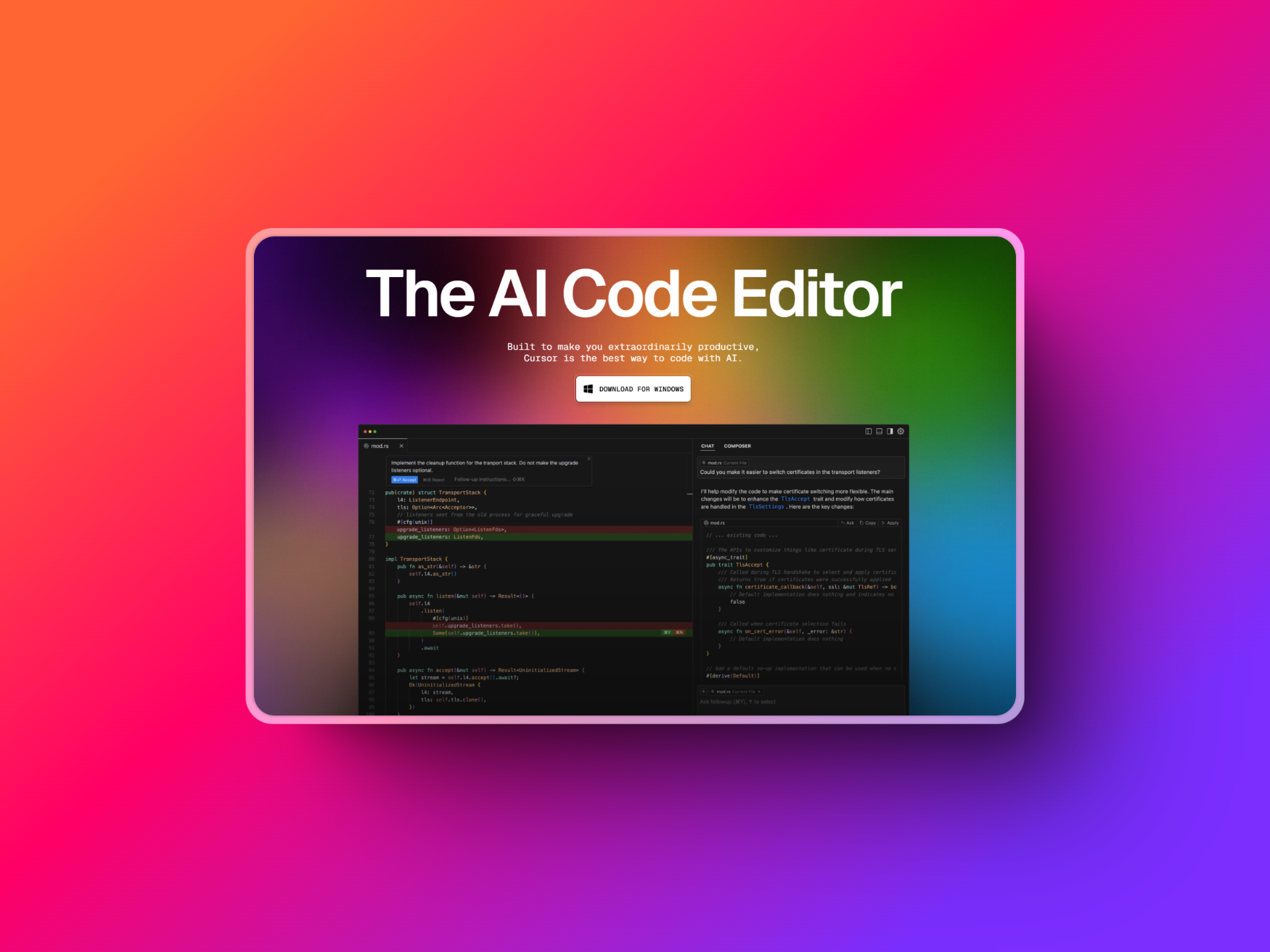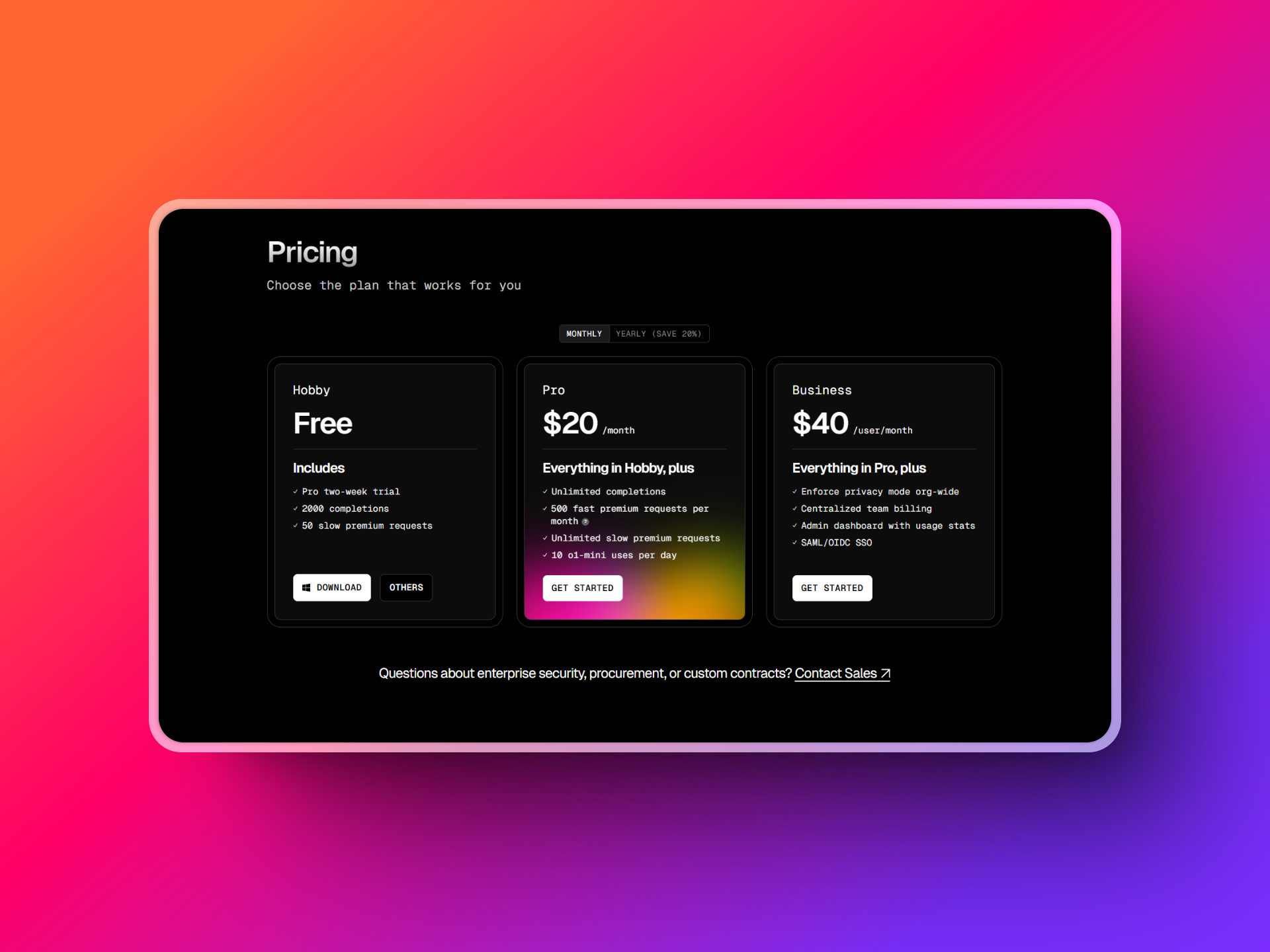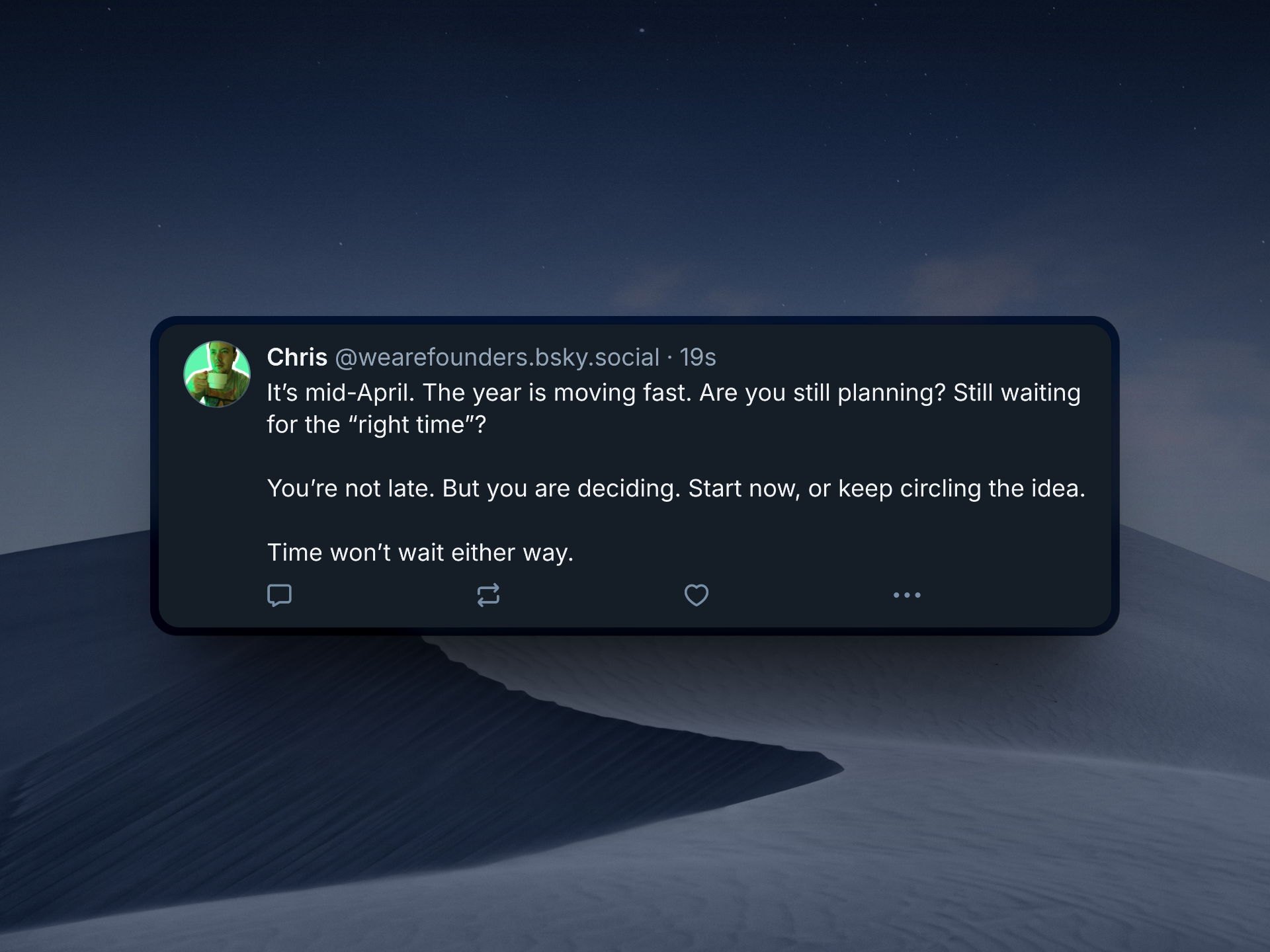TL;DR
Cursor AI hit $100M ARR in 12 months by:
- Going freemium: Winning over 360,000 individual developers with a pricing model that’s as accessible as it is irresistible.
- Embracing product-led growth: Letting the product sell itself, starting with individual developers and scaling into teams organically.
By deeply integrating GPT-4 and Claude, and maintaining compatibility with VS Code, Cursor has positioned itself as the AI-powered code editor of choice for developers everywhere.
Let’s talk about Cursor AI, the AI-powered code editor that’s been quietly (and not-so-quietly) eating GitHub Copilot’s lunch.
In just 12 months, this scrappy startup hit $100 million in annual recurring revenue (ARR). For context, that’s faster than Wiz (18 months), Deel (20 months), and Ramp (24 months).
And here’s the main thing: Cursor didn’t do it by chasing enterprise whales. Nope.
They did it by winning over 360,000 individual developers with a freemium model and a product-led growth strategy that’s as slick as their code completions.
Let’s break it down.
The Numbers Don’t Lie
First, let’s put Cursor’s growth into perspective. When you compare it to other SaaS rocketships, the numbers are jaw-dropping:
- Wiz: 260 customers, $384K ACV
- Deel: 1,800 customers, $55K ACV
- Ramp: 5,000 customers, $20K ACV
All of these companies targeted enterprise customers with sky-high average contract values (ACVs).

Cursor?
They went the opposite direction. Their customer base is a massive 360,000 individual developers paying $20-$40 a month, with an ACV of just $276.
That’s right—they scaled to $100M ARR by winning over the little guys (and gals) first. And it worked. Big time.
The team behind Cursor weren’t just building another code editor; they were building a movement. Their vision: Create an AI-powered coding assistant that didn’t just feel like a fancy autocomplete tool but a true extension of a developer’s brain.
And they nailed it.
The Growth Levers: Freemium + Product-Led Growth
Cursor’s success boils down to two brilliant growth strategies:
1. Freemium Pricing Model
Cursor’s freemium model is a masterclass in user acquisition. The free tier offers limited access to AI features, including 2,000 monthly code completions.
For most developers, that’s enough to get hooked. Once they’re in, upgrading to the $20/month premium plan (or $40/month for enterprise features) feels like a no-brainer.
This approach is genius because it removes friction. Developers don’t need to convince their bosses to sign a six-figure enterprise contract.
They can just swipe their credit card and start coding faster, smarter, and better.

2. Product-Led Growth (PLG)
Cursor’s PLG strategy is the secret sauce that’s allowed them to scale so quickly. Here’s how it works:
- Start with the individual developer: Let them use the free tier, fall in love with the product, and naturally upgrade as their usage grows.
- Expand into teams: As individual developers become advocates, they push for team-wide adoption. This creates a bottom-up sales motion that’s way more organic (and cost-effective) than traditional enterprise sales.
This strategy has already attracted some of the most innovative tech startups, including OpenAI, Perplexity, and Midjourney.
These companies aren’t just using Cursor—they’re raving about it.
How Cursor Beats GitHub Copilot
GitHub Copilot may have been first to market, but Cursor is out-innovating them in two key areas:
1. Deep Integration with Leading AI Models
Cursor doesn’t just rely on one AI model. They’ve integrated both GPT-4 and Claude, giving developers access to the best of both worlds.
This flexibility allows Cursor to offer more accurate, context-aware code completions that feel tailor-made for each developer’s workflow.
2. Seamless Compatibility with VS Code
Cursor didn’t try to reinvent the wheel. Instead, they built on top of the VS Code ecosystem, which developers already know and love.
This makes adoption frictionless—developers don’t have to learn a new editor; they can just supercharge the one they’re already using.
The Bigger Picture: Why This Matters
Cursor’s success isn’t just a win for the company; it’s a win for the entire developer ecosystem. By focusing on individual developers first, they’ve democratized access to cutting-edge AI tools.
And by leveraging a freemium model and PLG, they’ve shown that you don’t need to chase enterprise deals to build a $100M ARR business.
But let’s be real: the competition is heating up. GitHub Copilot isn’t going anywhere, and other players are entering the space. The question is, can Cursor maintain its momentum?
If their first 12 months are any indication, the answer is a resounding yes.




